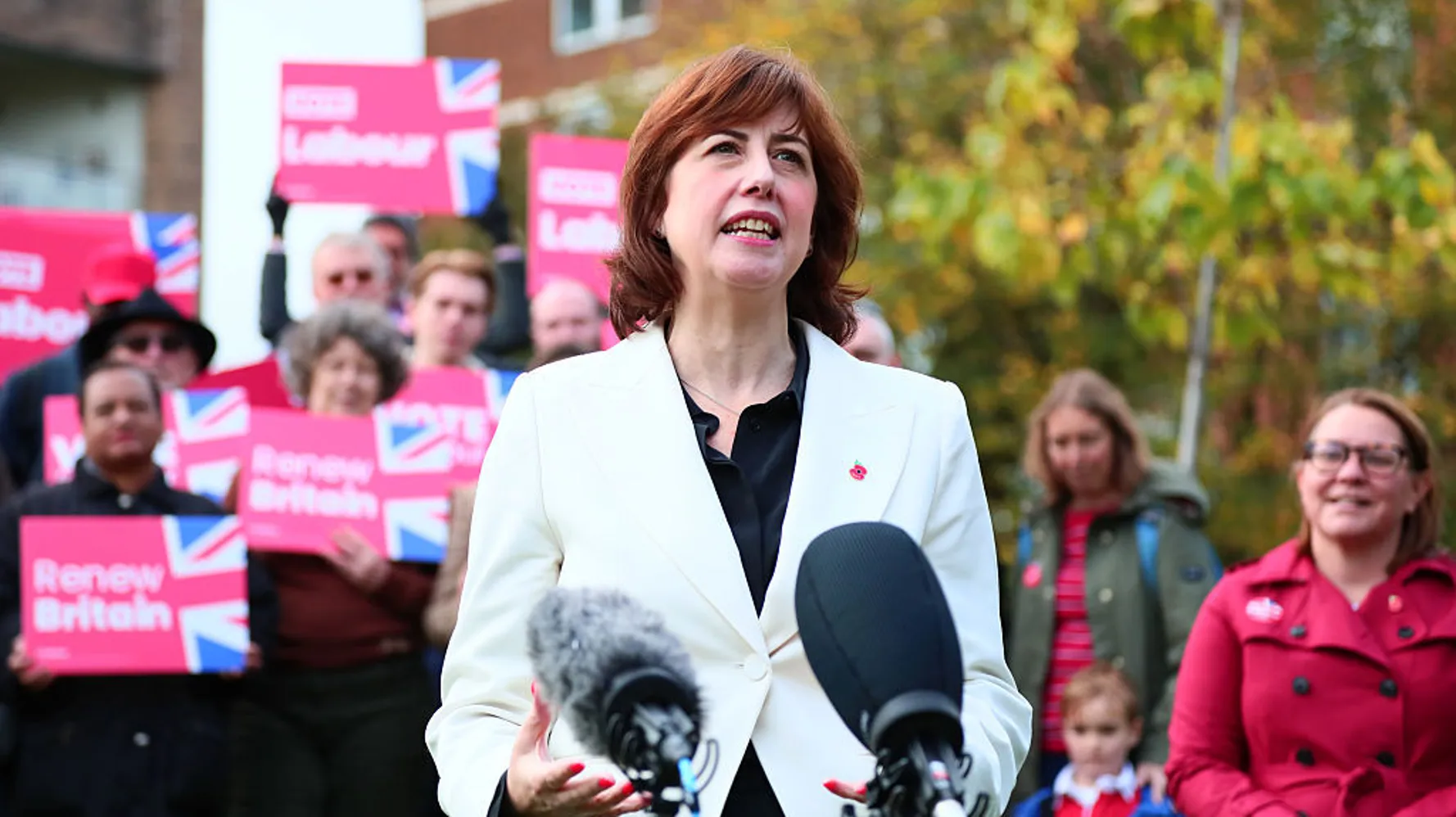Copyright stabroeknews

Guyanese are currently grappling with a housing policy that raises urgent questions about equality and inclusion. A recent advertisement published in Stabroek News, outlines the Government of Guyana’s intention to issue Requests for Tender (RFT) for the construction of 40,000 houses across all ten administrative regions. This initiative, part of the PPP/C administration’s 2025 Elections manifesto, proposes construction across three income tiers—low, middle, and high. While the initiative appears ambitious and broadly inclusive, a closer analysis of the country’s socioeconomic realities casts doubt on its capacity to deliver equity in practice. According to the World Bank, approximately 48% of Guyanese live on or below the poverty line. This means that roughly 20,000 of the proposed housing units would need to be allocated to low-income families to match the scale of need. Yet even that number falls short. Based on Guyana’s estimated population of 800,000 and the 2012 household average of 3.15 persons, there are around 126,984 low-income families. Even if all 40,000 homes were directed exclusively toward this group, a staggering 87,000-unit deficit would still remain. The reality, however, is that housing allocation will be divided across income brackets, reducing the number of units available to the poor and deepening the housing shortfall. Compounding this is the uneven geographic distribution of housing schemes. Regions 3 and 4—coastal and politically strategic—have historically received a disproportionate share of housing resources. Meanwhile, the interior Regions 1, 7, 8, and 9, despite being the historical heartlands of the extractive economy, remain some of the most underserved. These regions also rank highest on Guyana’s Marginality Index, indicating acute levels of poverty and social exclusion. The lack of investment in their housing infrastructure, combined with limited access to services and economic opportunities, perpetuates a spatial inequity that has long plagued national development efforts. The absence of current census data makes it difficult to determine how internal migration or population density have changed in recent years. Nevertheless, it is legitimate to ask whether the coastal bias embedded in the current housing policy has encouraged migration or further marginalised hinterland populations. In a country rapidly ascending as one of the world’s fastest-growing economies—thanks largely to its expanding oil and gas sector—why does its housing policy appear to maintain, rather than redress, structural poverty? Research by the OECD (2024) underscores how the quality and location of housing shape people’s access to social, economic, and cultural capital. Poor housing has long-term negative effects on education, health, and resilience to external shocks, such as volatile energy prices. This is particularly concerning in a country whose economic policies may expose low-income households to energy poverty, despite government promises to halve energy costs through its gas-to-energy project. Such a promise, while welcome, is not a substitute for a robust and inclusive housing policy. The true measure of Guyana’s housing strategy should lie in its ability to uphold principles of equity, inclusion, and environmental sustainability meaning that all households—regardless of income, region, or tenure status—have access to safe, affordable, and high-quality housing with nearby access to transport, schools, employment, and essential services. To this end, the government should revisit its RFTs and do more than list construction goals. They must be explicit in promoting inclusiveness by design; addressing housing demand spatially and qualitatively; and aligning with macroeconomic efficiency. Moreover, the state must remove existing policy distortions that disincentivize certain forms of tenure—such as the 10-year ownership clause that limits residential mobility—and shift toward tenure-neutral policies that expand supply and improve affordability. In conclusion, the government must seize this moment not merely to build houses, but to build a just and resilient society. The housing policy must embody Guyana’s constitutional commitment to equitable development by proactively addressing the needs of the most vulnerable, integrating marginalized regions into the national fold, and ensuring that housing becomes a tool for economic and social mobility, not a reflection of entrenched inequalities. Only then can this initiative serve as a true foundation for inclusive and sustainable national growth allied to a pliable housing policy.



